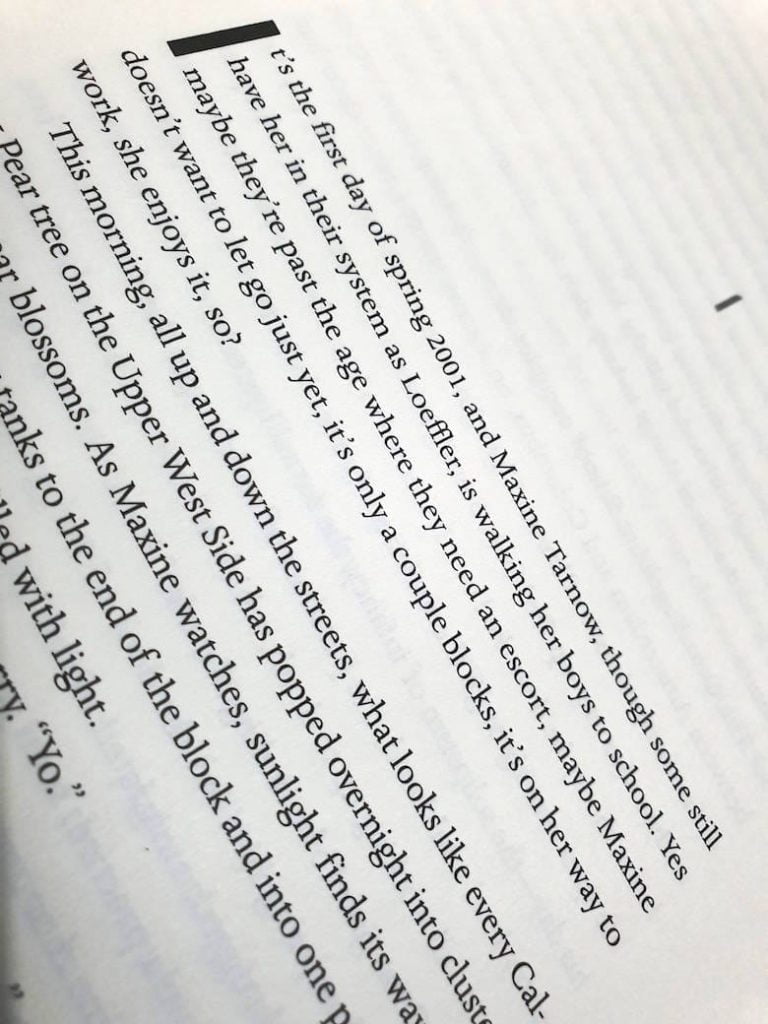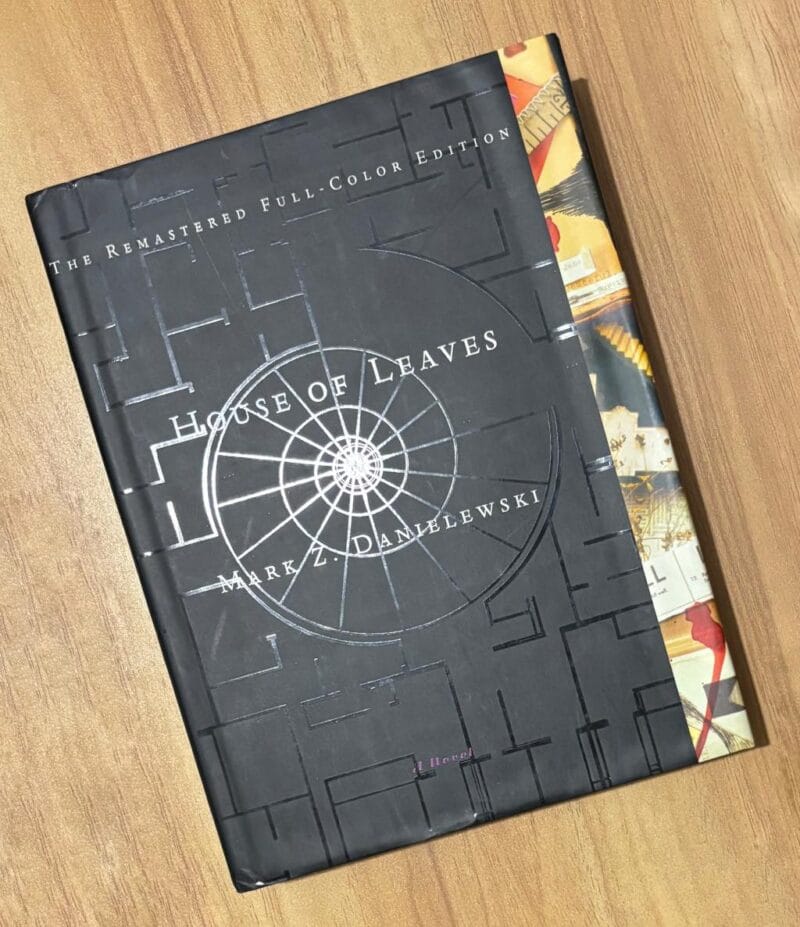With nearly 500 pages of hyper-conscious gags, Bleeding Edge (2013) by Thomas Pynchon sends a strong message about the direction the United States is heading in. The novel is set in 2001, around the time when the dotcom bubble burst after 9/11. At the start of the novel, we meet Maxine Tarnow, a renegade fraud investigator whose license has been revoked for breaking the rules.
As the story unfolds, the contours of a conspiracy begin to take shape: there’s a Bond villain named Gabriel Ice at the center of it, as well as worldwide hawala networks, Middle Eastern shell firms, and frightening government organizations stationed on Manhattan’s rooftops. However, as in many of Pynchon’s works about the period, the plot eventually reaches out to cover the events of September 11, 2001.
Thomas Pynchon has spent a lot of time in his career writing about the horrors that wicked guys in suits may inflict on information systems. The military-industrial complex, in one form or another, desecrates idealistic community places—whether in the hippy counterculture or in the United States itself. This book, which will certainly add to this cult mystique and prophetic stature, dramatizes the spooks’ subjugation of the internet.
Memorable Quotes
It’s the first day of spring 2001, and Maxime Tarnow, though some still have her in their system as Loeffler, is walking her boys to school. Yes maybe they’re past the age where they need an escort, maybe Maxine doesn’t want to let go just yet, it’s only a couple blocks, it’s on her way to work, she enjoys it, so?
Opening paragraph, Bleeding Edge by Thomas Pynchon

Even though the dotcom bubble, once an eye-catching ellipsoid, now droops in vivid pink collapse over the trembling chin of the era, perhaps no more than a vestige of shallow breath left inside it, no expense tonight has been spared. The theme of the gathering, officially “1999,” has a darker subtext of Denial. It soon becomes clear that everybody’s pretending for tonight that they’re still in the pre-crash fantasy years, dancing in the shadow of last year’s dreaded Y2K, now safely history, but according to this consensual delusion not quite upon them yet, with all here remaining freeze-framed back at the Cinderella moment of midnight of the millennium when in the next nanosecond the world’s computers will fail to increment the year correctly and bring down the Apocalypse. What passes for nostalgia in a time of widespread Attention Deficit Disorder. People have pulled their pre-millennial T-shirts back out of the archival plastic they’ve been idling in—Y2K IS NEAR, ARMAGEDDON EVE, Y2K COMPLIANT LOVE MACHINE, I SURVIVED… Determined, as Prince can be heard repeatedly urging, to party like it’s 1999.
Page 302, Bleeding Edge by Thomas Pynchon
Further Reading
“Bleeding Edge”: Thomas Pynchon gets truther by Andrew Leonard, Salon.com
Blog about Thomas Pynchon’s novel Bleeding Edge by Edwin Turner, Biblioklept
From Zima to the Deep Web: Thomas Pynchon’s Bleeding Edge by Jenn Northington, Tor.com




